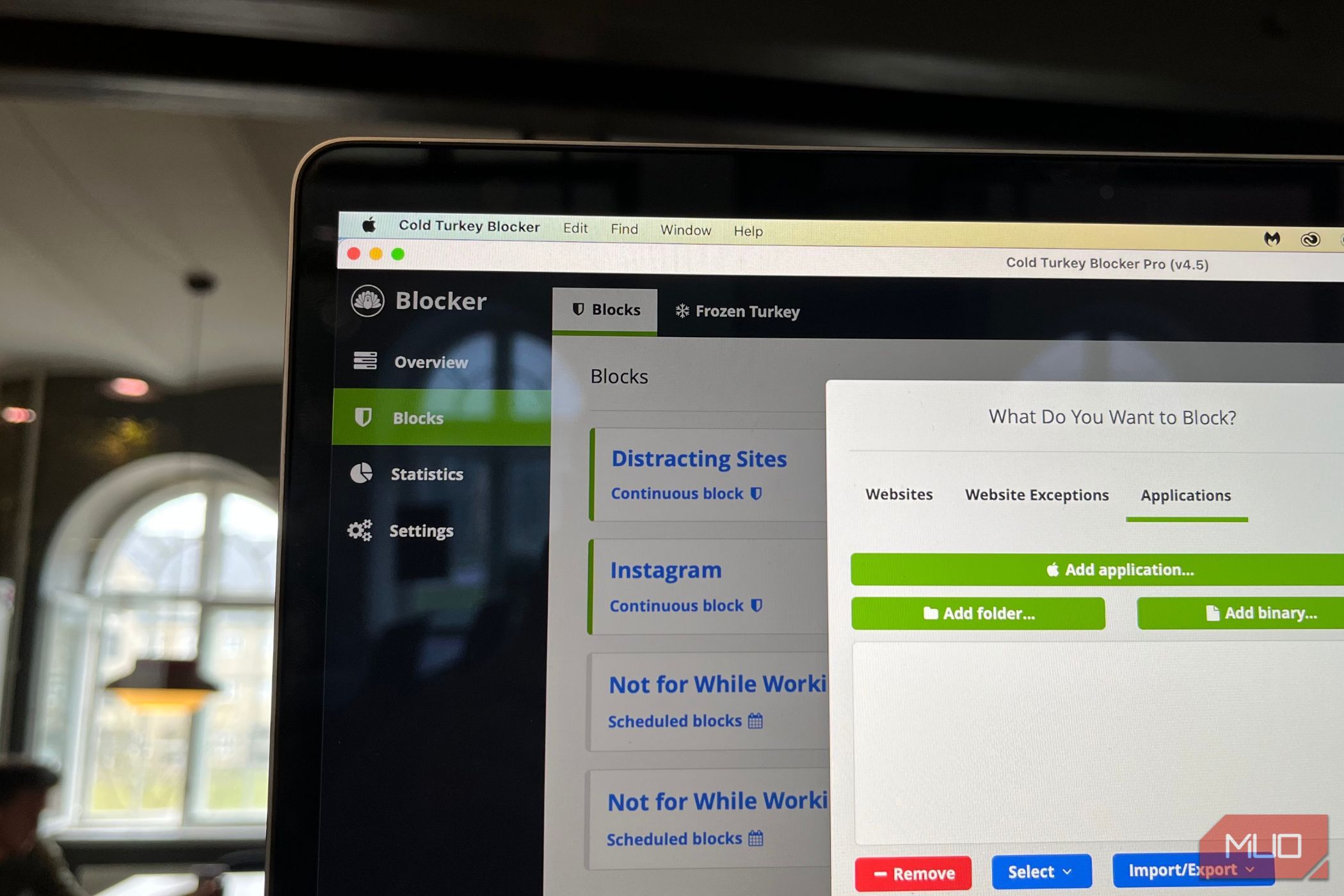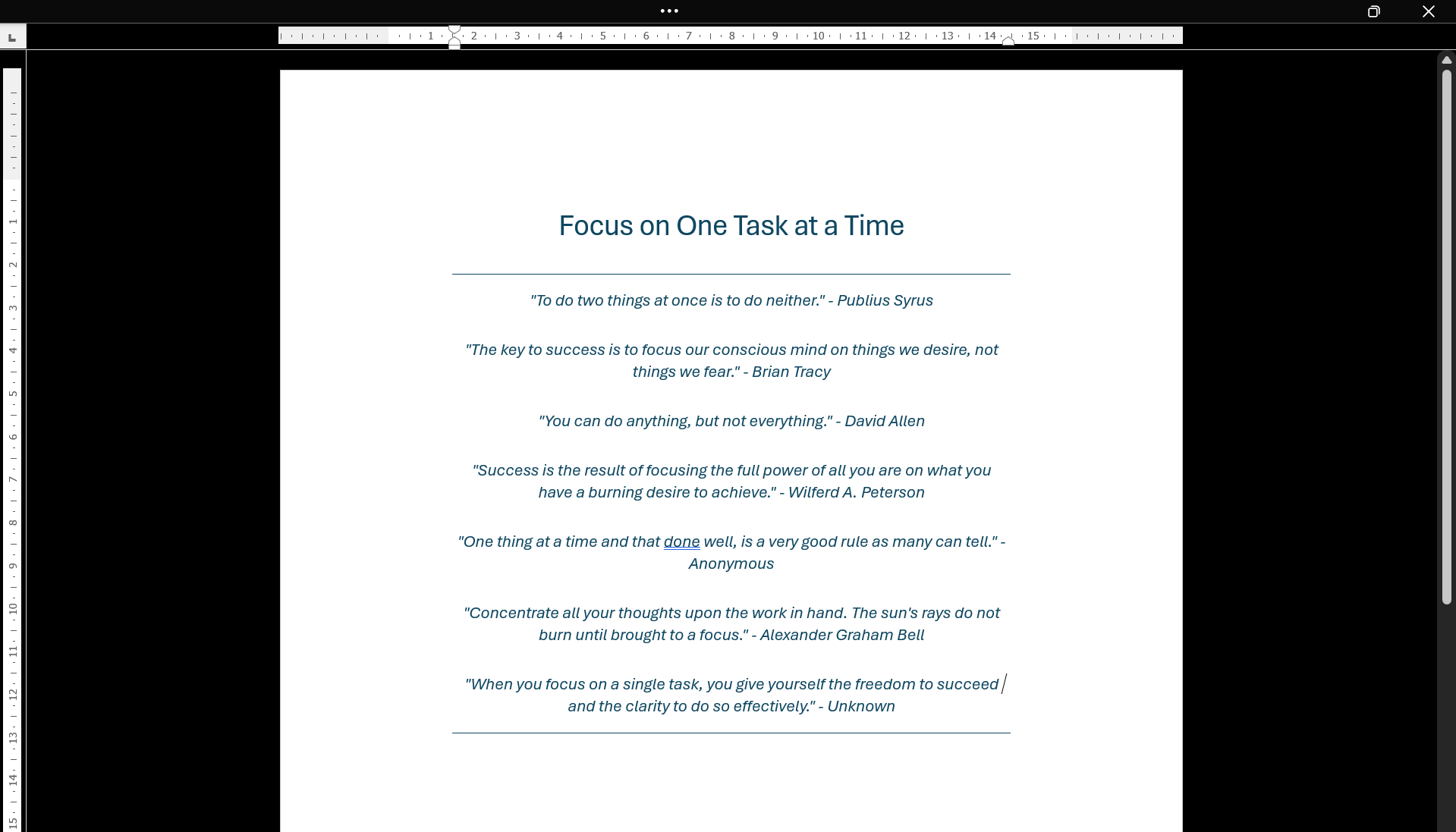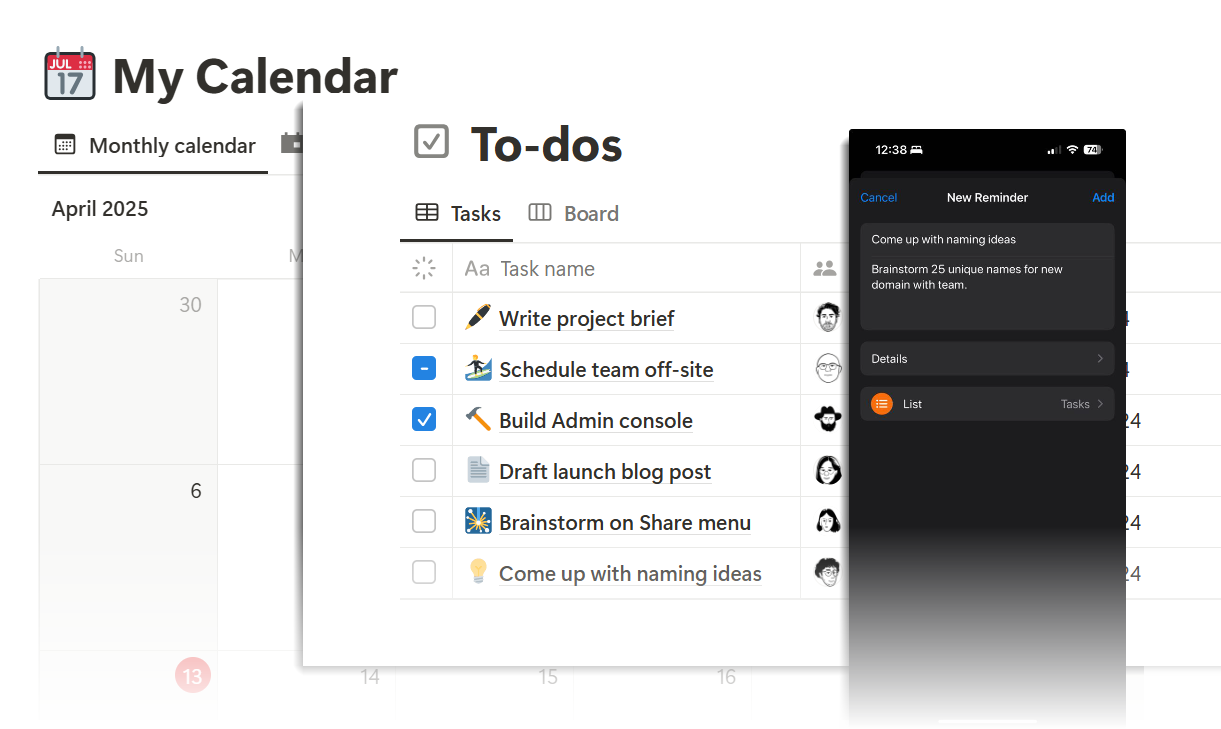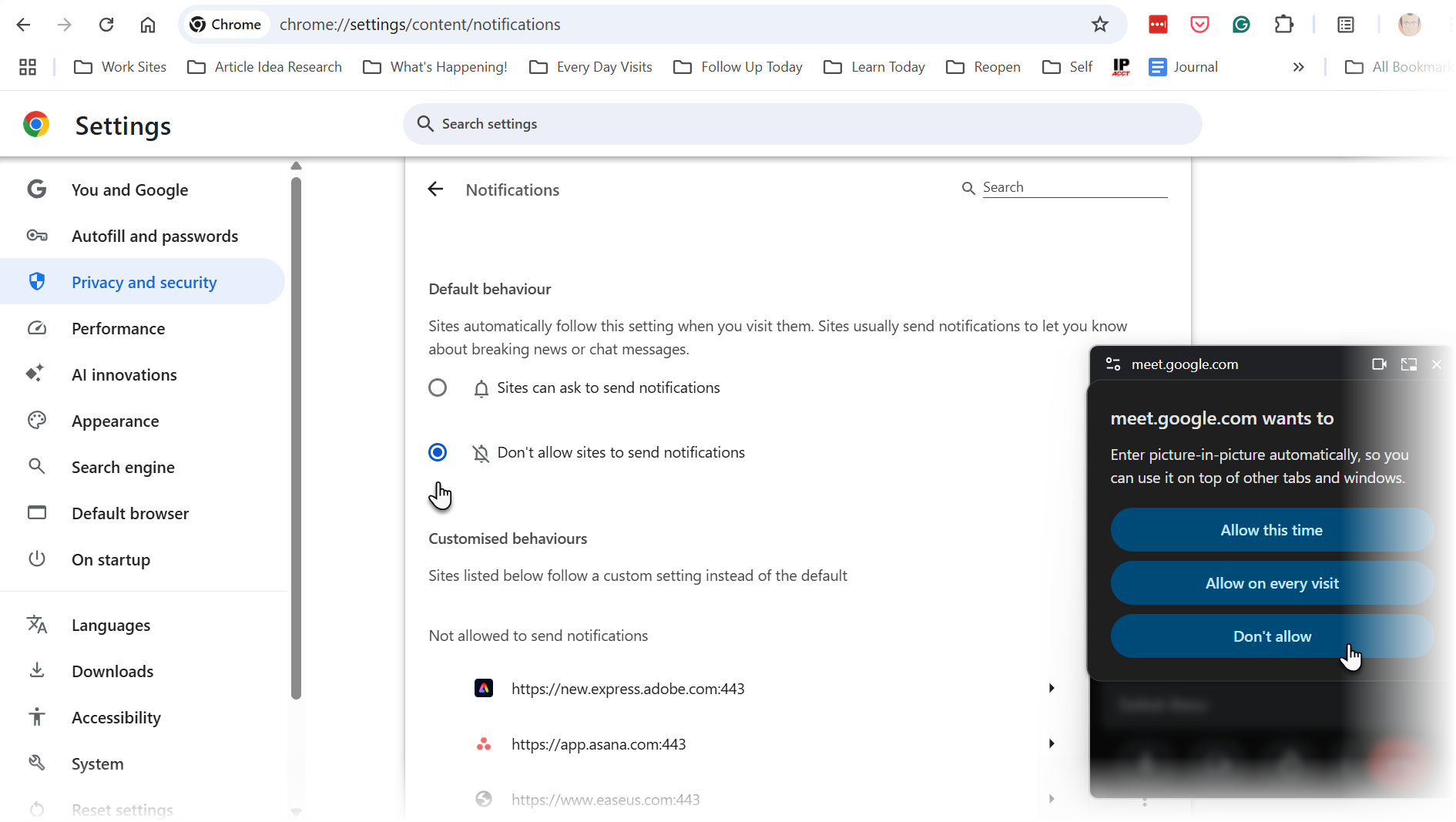For years, I multitasked like a circus juggler on a tightrope. I thought I was getting a lot done till a strange mental fog made me rethink my methods. I experimented with monotasking—focusing on one thing at a time—and everything changed.
The Myth of Multitasking (And Why I Needed a Change)
For years, I thought multitasking was the cure to productivity guilt. As a technology writer, I had tabs open for emails, articles, and search engines. I’d write while watching YouTube. I’d reply to Slack messages mid-WhatsApp calls. It felt like I was making the most of every minute. But I was just spinning my wheels. I was also using techniques to multitask better online.
What finally nudged me to change was burnout. I was working long hours, but my output wasn’t getting better. If anything, it felt more scattered. I couldn’t remember things I’d read minutes ago. I struggled to finish tasks without distractions. Worst of all, I was always “on” but rarely fully present. My second fear was cognitive decline.
I started digging into the research and found something that clicked: we don’t multitask. Our brains switch rapidly between tasks, and according to the ASA, each switch comes at a cost—reduced attention, slower performance, and increased mental fatigue. That’s when I decided to try the opposite: monotasking.
How Monotasking Became My Favorite Productivity Hack
I didn’t make a drastic change overnight. Instead, I picked one habit to fix: listening to YouTube tutorials while writing for work. It felt harmless—background noise while I typed. But in reality, I wasn’t absorbing the video or writing well. My sentences were clunky, and I’d often rewatch the same video later because I didn’t retain anything.
Now, I block time for both. When I’m writing, it’s just me and the document. When I want to learn from a video, I give it my full attention—headphones on, notebook open. I’ve cut my writing time by almost 30%, and I retain more from the videos, too.
I write full-screen on Microsoft Word with a Focus Mode or Typora which helps a bit again with focus.
Here are two more examples that show how technology was part of my multitasking problem—and how I now use it better.
Experiment 1: Switching Between Apps While Planning My Week
Before: My calendar, to-do list, and project notes were scattered across three apps: Google Calendar, Notion, and Reminders. I’d jump between them constantly, trying to “optimize” my week. But I ended up getting distracted by side notes or emails.
Now: I dedicate 30 minutes every Sunday to plan my week using just one screen. I still use multiple tools, but I open them one at a time. First, I review my calendar. Then, I look at Notion for project goals. Finally, I add tasks in Reminders. No alt-tabbing. No distractions. This routine has helped me make calmer, clearer plans without things falling through the cracks.
Experiment 2: Checking Emails While in Video Meetings
Before: During meetings, I’d keep my inbox open. I told myself I was staying productive by cleaning up emails. But I missed half the conversation and had to ask people to repeat things.
Now: I go full screen with the meeting and take notes with pen and paper or a separate device with notifications turned off. I review emails only before or after calls. This shift made me a better listener—and a more thoughtful responder.
If you use Zoom or Google Meet, disable the “Show email notifications” option during calls. Don’t use Picture-in-Picture mode to keep the meeting tab on top of others. Cutting even a micro-second of distraction helps more than you expect.
What Monotasking Did to My Brain (and Life)
After a couple of weeks, I noticed changes that surprised me. I felt less tired at the end of the day. My memory improved as I no longer had to reread things I’d just read. I was doing fewer things at once but completing more of them.
I also started enjoying my work more. Deep focus is necessary for deep work. Whether writing a complex article or reading research, the satisfaction of getting “in the zone” is addictive now. But like everything, it takes time to become a habit.
There were drawbacks, too. Monotasking isn’t always practical. Some jobs require quick context-switching. And some tasks, like folding your clothes, pair fine with others (listening to music) that don’t make cognitive demands. But the biggest challenge was changing my habits. Multitasking had rewired it to crave that illusion of productivity. Monotasking brought a strange sense of boredom at first. But I stuck with it, and that boredom eventually turned into calm.
The single-tasking vs. multitasking debate isn’t new. But you must be more intentional if you feel jaded with the latter. If you’re always busy but feel like you’re never getting anything done, try this: pick just one task, set a 25-minute timer, and do nothing else. Resist the urge. That’s it. This tiny experiment can end up surprising you.

Related
Can’t Stop Procrastinating Online? This App Might Save You
I found an app that didn’t care about my excuses.
Use tech to help, not hurt. Apps like Forest, Cold Turkey, or even iOS Screen Time can block distractions. However, if you want to multitask a bit, batch similar tasks. For instance, group your emails, errands, or meetings so your brain doesn’t have to keep switching gears.










Leave a Comment
Your email address will not be published. Required fields are marked *